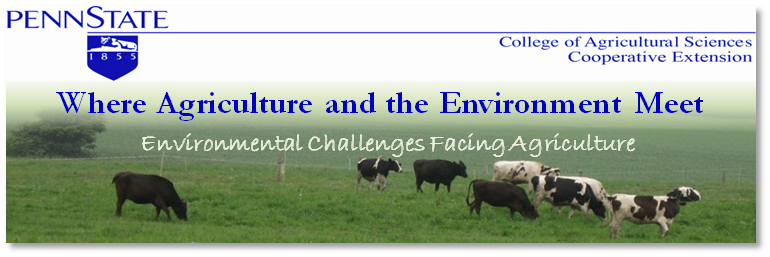
I realized my dairy bias is really showing through in this blog so in an effort to try to expand my horizons I found a nice article on air quality concerns related to swine and poultry. This is another article from the Manure Du Jour series hosted last year. Another series of Manure Du Jour will be starting up again the first of the year so stay tuned for the schedule.
What are the major sources of greenhouse gas from swine and poultry operations?
The majority of methane and nitrous oxide from swine and poultry operations is emitted from buildings, manure storage, and land application of manure.
What strategies are available to reduce greenhouse gas?
A number of the strategies shown below reduce the potential for GHG emissions and in some cases, the amount of manure nutrients.
- Reducing the amount of waste excreted from the animal decreases the potential for formation of greenhouse gases during manure storage.
- Healthy herds use feed efficiently, and can reduce nitrogen excretion by ten percent compared to unhealthy herds.
- Animals with genetic lines predisposed to high feed efficiency also excrete fewer nutrients in urine and feces.
- Split-sex feeding enables producers to feed each sex closer to its nutritional requirements.
- Phase feeding allows producers to better match nutrients to the changing growth requirements.
- Enzymes, such as phytase, improve the digestibility of protein and reduce nitrogen excretion in manure. A low protein diet can reduce both fecal nitrogen and carbon dioxide production.
- Wet-dry feeders increase efficiency by reducing the amount of feed required to achieve a desired weight gain
What are the EPA reporting requirements for greenhouse gas from animal agriculture?
The Environmental Protection Agency has proposed national reporting of greenhouse gas emissions. Under these reporting requirements, large-, direct emitters of 25,000 metric tons of carbon dioxice equivalents or more must report GHG emissions to the EPA. Only emissions from manure management systems are expected to fall under these reporting requirements.
View the “Air Quality Nutrition and Greenhouse Gases” episode of Manure Du Jour on the Penn State Agriculture and Environment Web site: aec.cas.psu.edu/news/webinar_archives.asp. Special thanks are given to Dr. Wendy Powers, Departments of Animal Science and Biosystems and Agricultural Engineering, Michigan State University, for presenting the information on this topic.

No comments:
Post a Comment